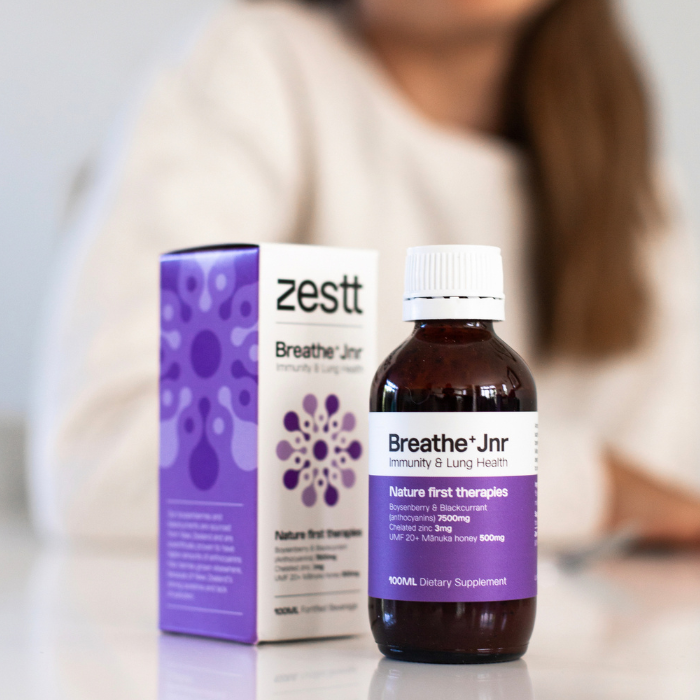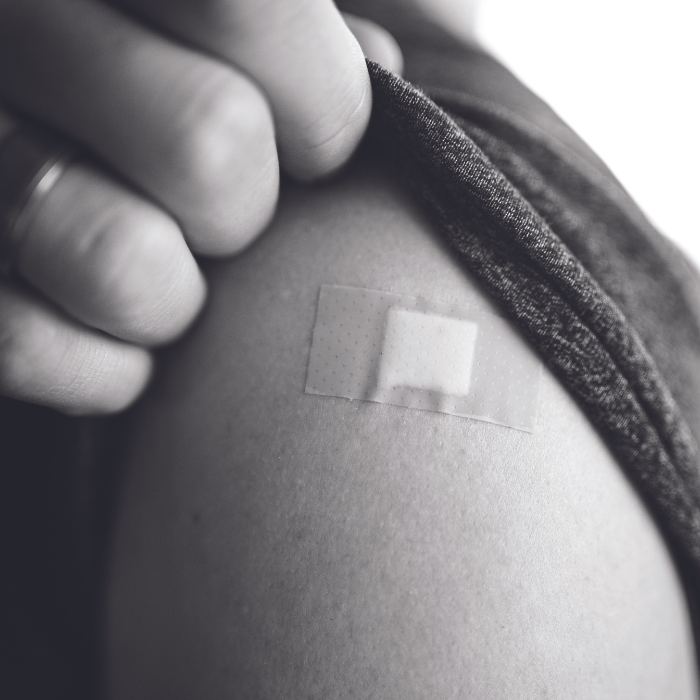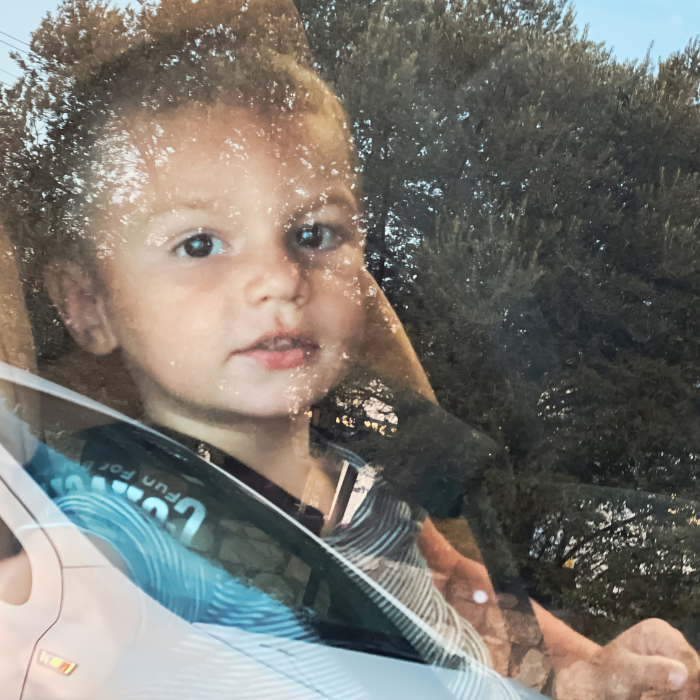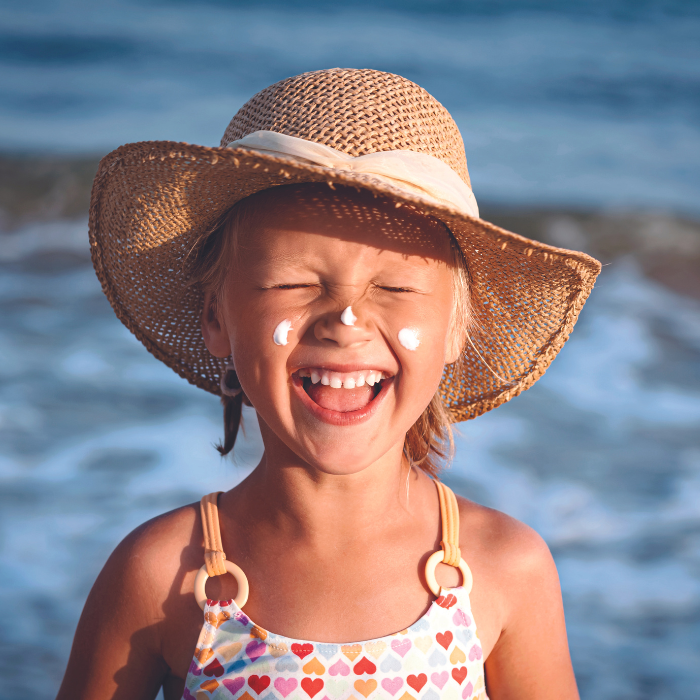
Is an eye exam on your back-to-school list? Optometrist Adele Jefferies explains how your child’s eye health contributes to a brighter future.
As school holidays come to an end and Term One begins, there are a lot of things as parents we need to remember – getting back into the rhythm of lunch boxes, making sure you’ve booked extracurricular activities, making sure their uniform and shoes still fit, have they packed your school hat…. The list is long.
But one thing that can get easily forgotten is our children’s eyes and vision. How they were doing at school the year prior might have slipped from our minds, and they aren’t complaining about anything, so why should we consider an eye exam?
We use our vision for many important tasks every day; it is one of the main ways we gain information about the world around us, and our vision in our childhood is vital, especially when we consider our modern lives and the increasing use of digital devices in education and recreation.
The eyes have it
80% of learning is visual – whether your child is just starting to learn to read or is a teenager preparing for exams, good vision is essential for learning and development. Poor vision can impact a child’s education, sporting success, coordination, and behaviour. It’s been shown to play an important role in a child’s overall health and well-being, self-esteem, and ability to function in day-to-day life.
The World Council of Optometry (WCO) reports that one in four children has a vision disorder. “Poor vision” can mean many things – short sight (myopia), long sight (hyperopia), unclear or strained vision at all distances (astigmatism), crossed eyes or eye turns (strabismus), focusing problems (accommodative dysfunction), eyes not working together well (eye alignment or binocular vision issues) or one eye not working as well as the other (amblyopia). There are many reasons we may not see clearly or comfortably.
What about school vision checks?
School vision screenings are a great start, but they typically only pick up poor distance vision or eye turns. The WCO reports that school screenings can miss up to 75% of vision problems, and the International Agency for the Prevention of Blindness reports that providing vision correction to children who need it can reduce the odds of failing in class by 44%. Locally, University of Auckland Research has found that 20% of children passing a school screening fail a more comprehensive examination, and 10% of children who didn’t already have glasses could benefit from them.
A comprehensive eye examination is the best way to ensure all aspects of a child’s vision and eye health are assessed, and considering a 2022 report found that 28% of New Zealand children (aged 17 years and under) have never been to an optometrist for an eye examination, it might be time to consider booking one.
Problem signs
What could you look out for as a parent or caregiver that may indicate your child has challenges with their eyes? Children also often don’t complain of problems because they think how they see is how everyone sees them, but there is a range of things you can consider that might indicate your child has a vision problem.
- Have they had challenges with their learning or reading? Vision problems can be the direct cause of learning difficulties but can also be contributory to other factors.
- Do they avoid reading or take a long time to read or complete near work?
- Do they move closer to a book or screen when reading? Or do they need to move closer to the TV or the front of the class to see clearly?
- Do they often lose their place when reading or copying written material?
- Are they clumsier than expected for their age or have poor hand-eye coordination?
- Do they find it hard to concentrate at school?
- Do they tilt or turn their head when reading?
- Do they blink excessively or rub their eyes a lot?
- Do they have red, watery or itchy eyes? Do they get frequent styes?
- Do they get tired eyes or headaches?
- Have they had an injury to their eyes or had a concussion?
Also, consider if there is a family history of vision or eye health problems or if your child was born prematurely, as this may influence their eyes and vision.
But I’m not worried…
If you haven’t spotted any concerns because of the impact of vision on overall development and learning, it’s still worth considering an examination. The New Zealand Association of Optometrists recommends that if there is a family history of high prescriptions, eye turns or lazy eyes, that a child has their first eye exam by six months of age. If there’s no family history of problems, they should have their first eye exam by age three, their second around age five, and then every two years. Your optometrist may make individualised recommendations for more frequent examination if there are aspects of your child’s eyes that we know should be reviewed more frequently.
Promoting good vision and eye health in children
As parents, we can do many things to promote clear and comfortable vision and healthy eyes.
- Watch the screen time. Good habits with screens and digital devices may lower the risk of myopia and digital eye strain. Digital devices can help a child’s overall development and learning. Still, other studies have suggested that near activities – including screen time – may be connected to myopia, binocular vision issues, headaches, drier eyes, and digital eye strain. It’s estimated that eight to 18-year-olds spend between six to eight hours a day at screens, and 80% of teens report symptoms of digital eye strain.
To help combat this, follow the World Health Organization’s recommendations for screen time for young children – no screen time for one-year-olds, as little as possible under an hour a day for two-year-olds and no more than one hour a day while they’re under five. “The Two Hour Rule” is great for older children – no more than two hours of screen time after school.
- Practise 20-20-20. Encourage your child to follow the 20-20-20 rule – Look up from the screen every 20 minutes and focus into the far distance at least 20 feet (6m) away for 20 seconds.
- Consider a blue light filter. Blue light filters have been shown to have an inconclusive impact on digital eye strain but can impact circadian rhythms and the ability to fall asleep, so for teens studying on computers later in the day, blue light filters in their glasses may help their ability to fall asleep at night. You can also limit screen time two to three hours before bed to help kids sleep at night.
- Watch those working distances. The closer the working distance, the more work the eyes have to do. When it comes to tasks like reading or screen time, it’s best to ensure books or screens are no closer to their eyes than the distances from your knuckles to your elbow, known as the “Elbow Rule”. Apple devices now also have the “Screen Distance” function to help remember this.
- Outdoor time is important. Outdoor activity has many benefits to physical and mental health, including for the eyes. As well as giving a break from screen time, it’s been shown to reduce the development and progression of myopia. No matter their age, it’s recommended that children are outdoors at break times and get at least two hours of outdoor time per day.
- Keep those hats on. UV protection is essential for the eyes, too, both now and into the future to prevent eye disease. Hats at school are great. Sunglasses are ideal, too, and essential on those beach days; just make sure they’re not “fashion” glasses and have good UV protection. Don’t forget ski goggles for snow days, and if your child wears glasses, check with your optometrist if their glasses include UV protection as standard, as many good-quality lenses do.
- Have regular eye exams. Children and teens should get regular eye exams. Knowing how their eyes work and if they need help with their vision gives them the best chance of academic and sporting success. Your optometrist can also let you know if you can access any subsidies available in New Zealand for vision therapy, glasses and contact lenses.
- Myopia management is the standard of care. Your child’s eyes don’t have to get worse every year. We can reduce how quickly eyes change and set individuals up for better eye health as adults with myopia management strategies. The World Council of Optometry has stated that myopia management or control is the standard of care for young myopic patients, and we have local groups like the Myopia Action Group, a division of the Cornea and Contact Lens Society, ensuring good education and advocating for access to management options. Your optometrist should have a range of options to help your child, from soft contact lenses, overnight contact lenses (orthokeratology), prescription atropine eye drops and speciality glasses lens options.
Take a screen break and give your eyes a gentle workout with the 6 simple exercises in the printable below.
FAQ
Q: Can children wear contact lenses?
A: Yes, contact lenses have proven safe and effective in children. They have also been shown to increase children’s confidence, improve sporting participation and ability, and can be an essential part of a myopia management plan. Age is no limit to contact lenses.
Q: I wore glasses as a child, and I’m fine. Why is myopia management needed?
A: Myopia is getting more common. Children are getting myopic at younger ages, and higher degrees of myopia are now getting more common. This influences not only how they see the world and their ability to participate in sports and other activities but also their suitability of corrective options, such as refractive surgery later in life, and the health of their eyes as an adult, as myopia has been shown to increase the risk of retinal changes, glaucoma, and cataracts.
Risk factors for myopia include genetic, ethnic, and environmental factors. If a child has myopic parents, then they are more likely to become myopic. There is also some evidence to suggest that things like excessive screen time can contribute to the onset of myopia and that spending more time outside in daylight could be a preventative measure.
We are fortunate in New Zealand to have one of the widest ranges of approved, effective management strategies to help slow myopia progression, including multiple disposable soft contact lenses, a range of Orthokeratology overnight lens designs, a range of specialist glasses lens options, atropine prescription eye drops and red light therapy. Your optometrist should discuss these options and give individualised advice regarding your child’s eyes.
Q: Why consider a regular (or even the first) comprehensive eye exam?
A: A comprehensive eye exam is the only way to ensure a child’s eyes are healthy and performing to their best. It’s not all about 20/20 vision – a comprehensive eye exam also looks at how well the eyes function together, how well the eyes work for near tasks, how healthy they are, and how they may change as the child grows.
Adele Jefferies is a mum of two and one of the expert optometrists at Matthews Eyecare (matthews.co.nz), an independent, family-owned group of optometry practices throughout New Zealand.








